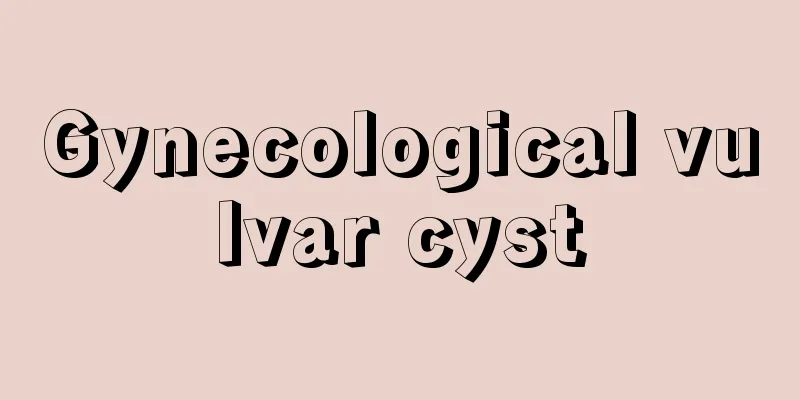Is 1.0 cm of pelvic fluid serious?

|
For women, the pelvis is a very important part. If there is an abnormality in the pelvic area, it will not only cause women to suffer from various gynecological diseases, but may even cause symptoms of infertility. Pelvic effusion is generally less than 1.0 cm. If the pelvic effusion is found to be 1.0 cm, it is normal. If it exceeds this value, treatment is required! Here I will introduce to you the treatment methods of pelvic effusion! 1. Traditional Chinese medicine treatment Chronic pelvic inflammatory disease is mostly of damp-heat type, and the treatment principle is to clear away heat and dampness. The main function of the prescription is to promote blood circulation and remove blood stasis. The prescription uses: Salvia miltiorrhiza 18g, Red Peony Root 15g, Costus Root 12g, Peach Kernel 9g, Honeysuckle 30g, Taraxacum Mulberry 30g, Poria 12g, Moutan Bark 9g, and Rehmannia Glutinosa 9g. If the pain is severe, add 9g of Corydalis yanhusuo. Some patients are of the cold stagnation and qi stagnation type, and the treatment principle is to warm the meridians and dispel the cold, promote qi and activate blood circulation. Guizhi Fuling Decoction is often used with modifications. For those with qi deficiency, add 15g of Codonopsis pilosula, 9g of Atractylodes macrocephala, and 15g of Astragalus membranaceus. 2. Other drug treatments When using anti-inflammatory drugs, you can also use 5 mg of α-chymotrypsin or 1500 U of hyaluronidase at the same time, injected intramuscularly once every other day, 5 to 10 times as a course of treatment, to facilitate the absorption of adhesion and inflammation. The medication should be discontinued if local or systemic allergic reactions occur in individual patients. In some cases, antibiotics are used simultaneously with dexamethasone, 0.75 mg of dexamethasone is taken orally 3 times a day, and the dose should be gradually reduced when the drug is discontinued. 3. Physical therapy The benign stimulation of warmth can promote local blood circulation in the pelvic cavity. Improve the nutritional status of tissues and enhance metabolism to facilitate the absorption and disappearance of inflammation. Commonly used methods include shortwave, ultrashort wave, iontophoresis (various drugs such as penicillin, streptomycin, etc. can be added), wax therapy, etc. 4. General treatment Relieve patients' mental concerns, enhance their confidence in treatment, increase nutrition, exercise, pay attention to the combination of work and rest, and improve the body's resistance. 5. Surgical treatment Patients with lumps such as hydrosalpinx or tubo-ovarian cysts can undergo surgical treatment; patients with small foci of infection and repeated inflammation are also suitable for surgical treatment. The principle of surgery is complete cure to avoid recurrence of residual lesions. Unilateral oophorectomy or radical hysterectomy plus bilateral oophorectomy is performed. For young women, ovarian function should be preserved as much as possible. The effect of single therapy for chronic pelvic inflammatory disease is poor, and comprehensive treatment is appropriate. |
<<: Is 2.1cm of pelvic fluid serious?
>>: What to do if you have varicose veins during pregnancy
Recommend
Will oxygen inhalation during high altitude sickness lead to addiction? Here’s what you should know before traveling to high altitude areas!
gossip "When you have altitude sickness, you...
How high is the success rate of IVF for premature ovarian failure
Many patients with premature ovarian failure want...
How to check uterine cyst?
Uterine cyst is a relatively common gynecological...
Leucorrhea before menarche
The first menstruation is the first menstruation ...
Leucorrhea gray tofu dregs
Whether a woman has gynecological inflammation is...
Where should women with dampness be moxibustioned?
Moxibustion is a form of traditional Chinese medi...
Why do I always feel sleepy during late pregnancy?
Pregnancy is a very long process. During this pro...
What to do if a woman has a foul odor down there
We all know that women's private parts can ex...
What are the effects of ovarian cysts?
Ovarian cyst is a very common gynecological disea...
What should I do if I have stomach discomfort after childbirth?
In life, people often experience stomach discomfo...
What is the cause of leucorrhea that looks like tofu dregs? What medicine should I use?
Why does leucorrhea look like tofu dregs? What me...
Left eye twitching means good fortune, right eye twitching means disaster? Minor illnesses keep coming, but major illnesses don't? Are these "common sayings" scientifically based?
In daily life, we often hear some "sayings&q...
Pain in the left lower abdomen after intercourse
Although our concepts are constantly changing, we...
The rise of mobile working – infographic
The development of mobile Internet has not only c...
What should I do if there is a big lump at the vaginal opening?
Women must be responsible for their own bodies an...









